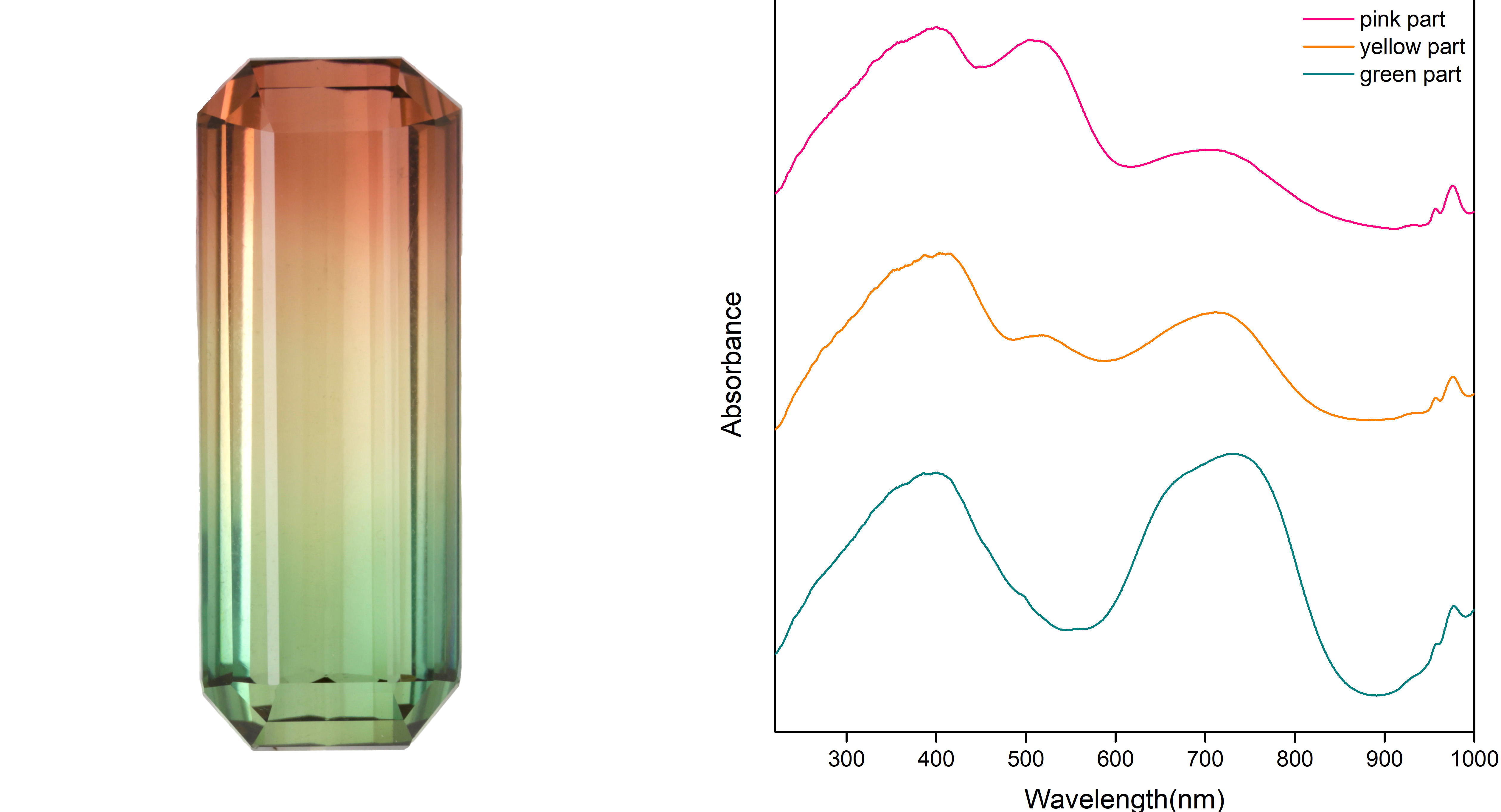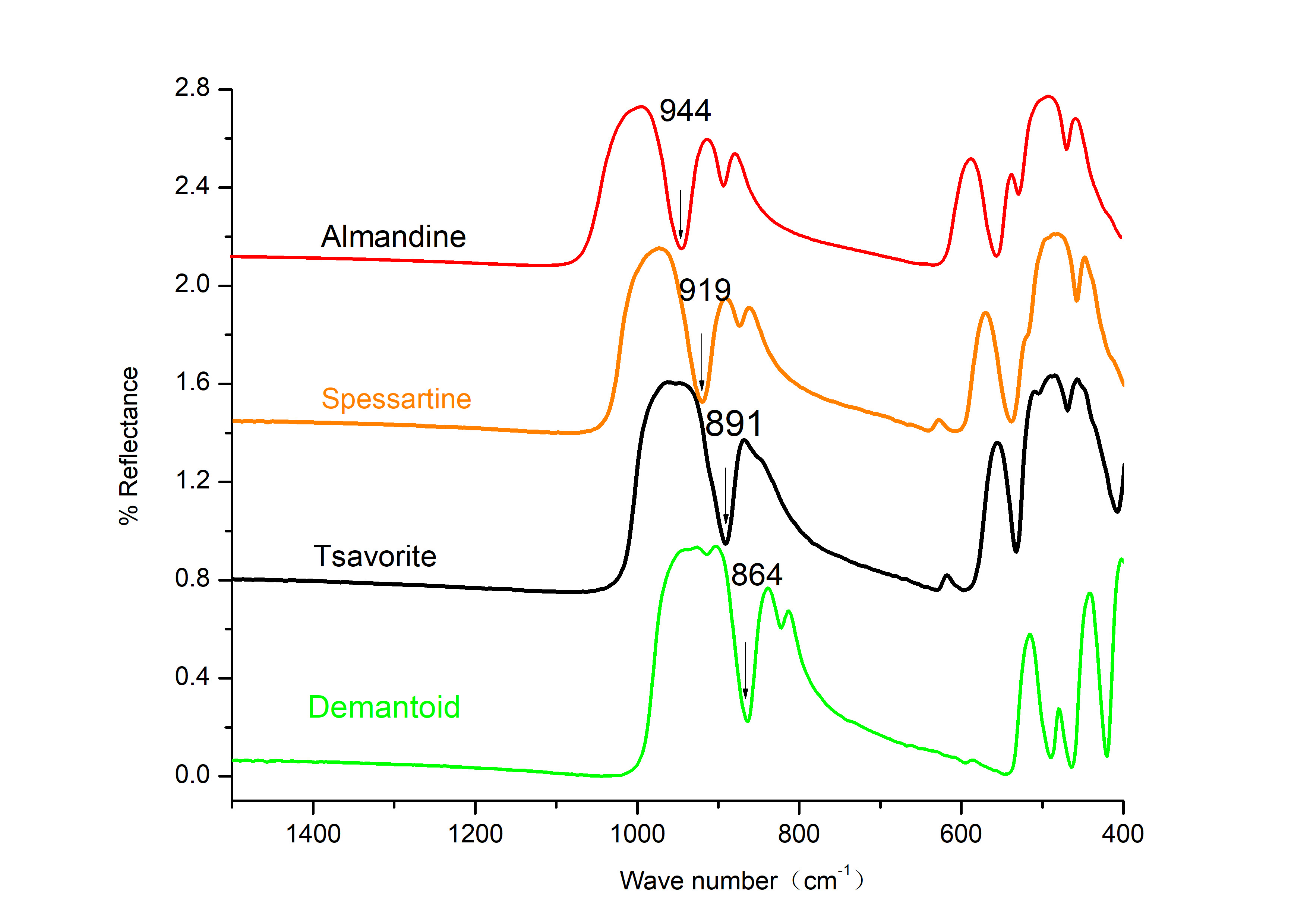ONLINE MESSAGE
GUILD looks forward to your suggestions.
If you have any cooperation or consultation, please feel free to contact us.
UV-Vis Spectroscopy
UV-Vis spectroscopy, one of the effective methods to study the chemical composition and crystal structure of gems, has been proved to possess extensive applications in Gemology. Compared to the traditional techniques of physical measurement such as refractive index and specific gravity, UV-Vis spectroscopy provides a more accurate, faster, simpler, less destructive means of identifying the gem's variety, whether it is natural or synthetic, and whether it has been treated. UV-Vis spectroscopy can also be used to study the mechanism and quantitative characterization of gem color, in some cases, to determine the origin of the gem.
1. Identify the variety of the gem
2. Identify the synthetic gem
3. Identify the treated gem
4. Study the mechanism of gem color
5. Quantitative characterization of gem color
6. Determine the origin of the gem

Figure 1. Tricolored tourmaline (left) and its non-polarized UV-Vis absorption spectra (right).
FTIR spectroscopy
Infrared spectroscopy is an effective method to identify the substance and analyze the structures of molecular. Generally, the molecules and functional groups in gemstones display specific infrared absorption. According to the number, wave number, displacement, intensity of the infrared absorption spectrum, it helps analyze the infrared spectrum of a gem. We can identify the gem species and even distinguish gem subspecies through the infrared spectrum, separate gems from other imitations. The infrared spectrum plays an essential part in enhancement, treatment, and distinguishing natural gemstone from the synthetic gemstone. Meanwhile, the infrared spectrum provides some clues to identifying the origin of a gemstone.
1.Sample identification
2.Distinguish gem subspecies
3. Identification: natural or synthetic gems
4.Treatments identification
5.Enhancement identification
6. Identify synthetic gem method

Figure 2. Tsavorites and demantoids with similar appearance.

Figure 3. Infrared spectrums of garnets.
Energy-dispersive X-Ray Fluorescence Spectroscope(XRF)
Energy-dispersive X-ray fluorescence(ED-XRF) is a qualitative, semi-quantitative, and probably quantitative chemical analyzer widely used for nondestructive analysis geology and gemology. Guild Gem Laboratories have applied this technique to identify species, synthetic methods, and treatments of gemstones, work out the color genesis and determine the geographic origin of some colored stones. In this article, some examples are given to illustrate the applications of ED-XRF to gemology.
1. Identify the species and subspecies of gemstones
2. Distinguish natural gemstones from synthetic ones
3.Detection of treatment
4. Color genesis research
5. Geographic origin determination

Figure 4. This plot shows that Fe content of Zambian emeralds is normally much higher than Colombian emeralds, which makes them easy to distinguish.
GUILD looks forward to your suggestions.
If you have any cooperation or consultation, please feel free to contact us.